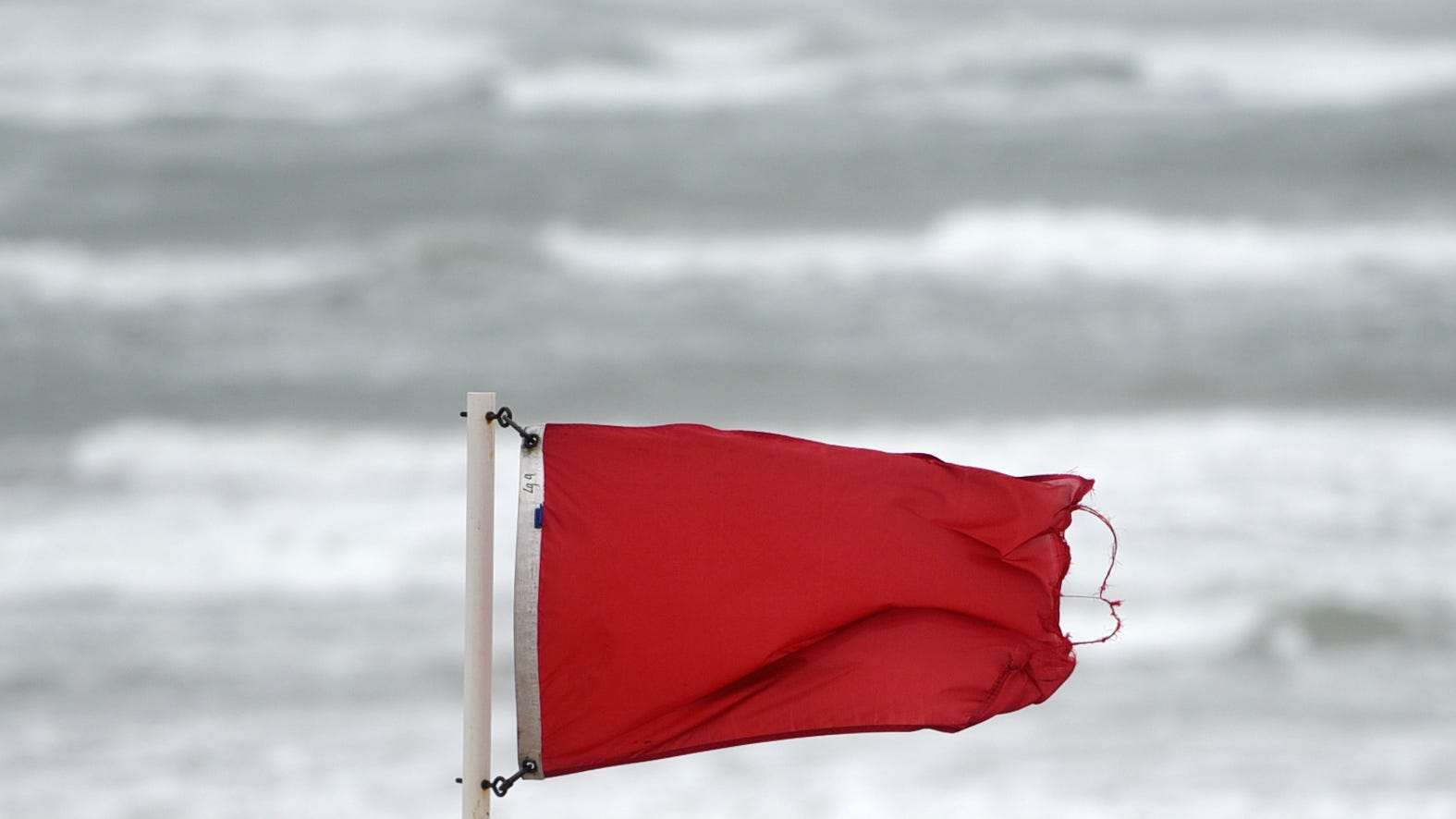
During this week’s beachcombing survey along the Texas coast, I encountered something rare and exciting: hundreds of red mangrove seeds scattered across the shoreline. These long, torpedo-shaped seeds, often around 8 inches long, drift in from tropical regions and are designed by nature to float, searching for the right place to root and grow.
Red mangroves (Rhizophora mangle) are iconic coastal trees found in Florida and Mexico, where they can soar up to 80 feet tall. Historically, they also grew in the Coastal Bend of Texas but were much shorter in stature. There were at least 10 plants that I knew about in the area prior to the 2021 freeze, including seeding red mangroves around Lighthouse Lakes in Aransas Bay. While black mangroves are still commonly found here — with their smaller, lima bean-shaped seeds — the red mangrove is a less frequent visitor.
What makes red mangroves special are their prop roots, which anchor the tree in muddy, salty, low-oxygen environments. These roots not only stabilize the shoreline but also create vital fish nursery habitats. Alligators are particularly fond of the protection they offer, and these plants play a critical role in buffering coastal communities from storm surge.
In addition to their ecological importance, red mangroves have traditional uses. The bark has been used medicinally to treat boils, fungal infections and bruises, and even crafted into plasters for fractured bones. However, they are not edible and should be ired rather than consumed.
Red mangroves are protected in Florida, and for good reason. Their seeds are incredibly resilient — capable of floating across long distances until they find the right conditions to root.
They're also easy to grow, making them a popular plant for restoration and shoreline protection projects. To grow at home, I simply put the seed in a clear jar and add tap water with no soil needed. You can even find them for sale online, helping people reintroduce this keystone species to suitable environments.
Finding this many seeds on our Texas beaches is a hopeful sign. With rising interest in coastal restoration and natural storm defenses, perhaps these seeds will take root once again in the Coastal Bend, bringing back a species that once called our shoreline home.
Jace Tunnell is the director of community engagement for the Harte Research Institute at Texas A&M University-Corpus Christi. His Beachcombing series appears on YouTube and you can follow Jace at harteresearch.org, or Facebook (facebook.com/harteresearch), Instagram (@harteresearch) and X (@HarteResearch).